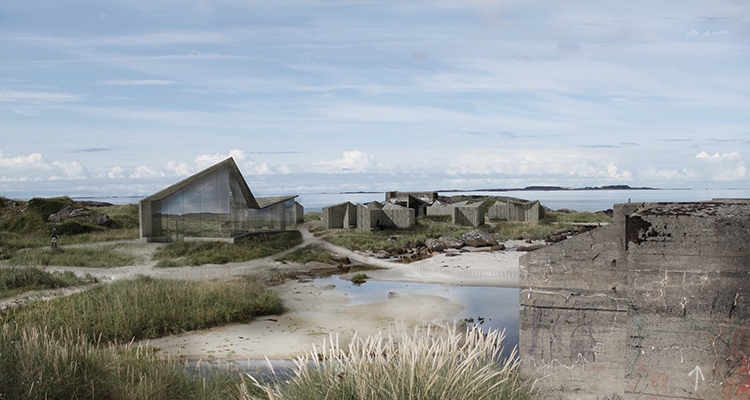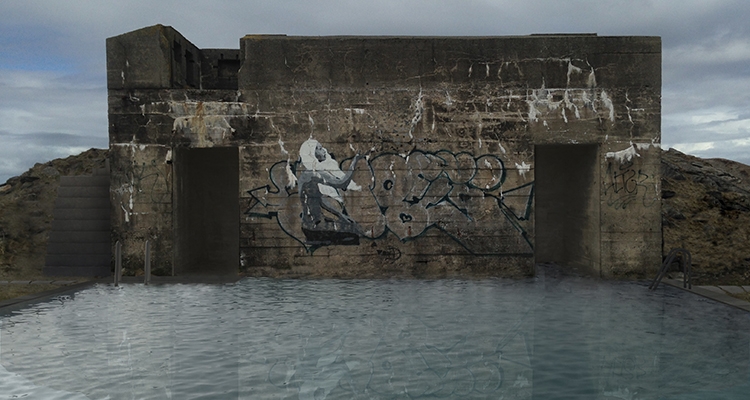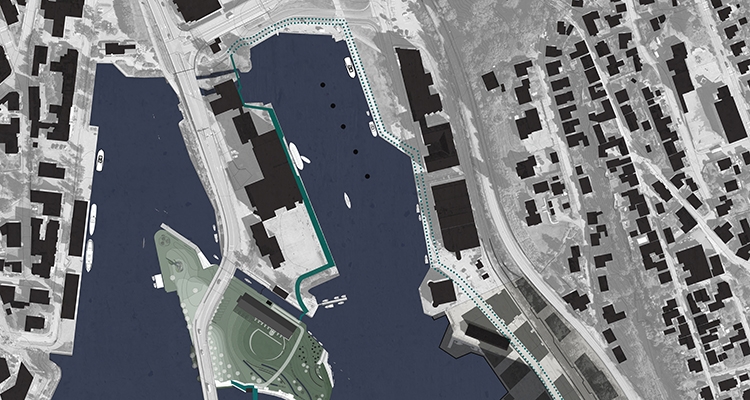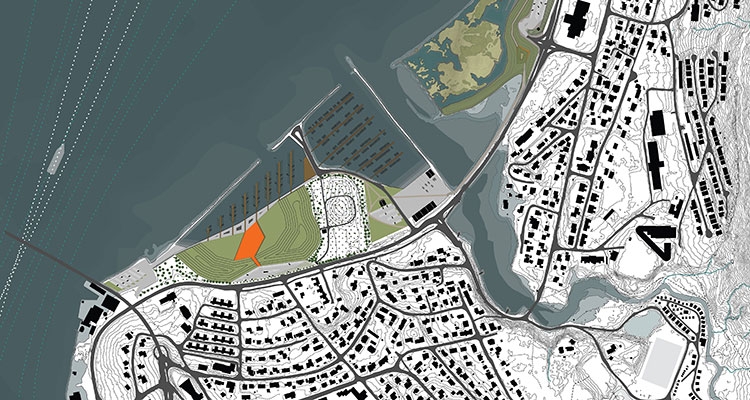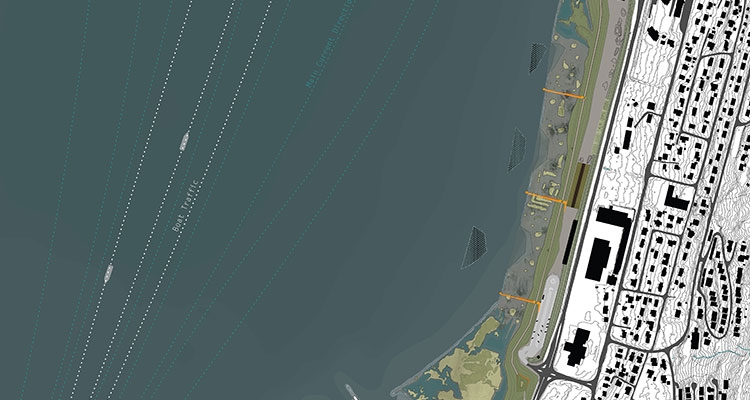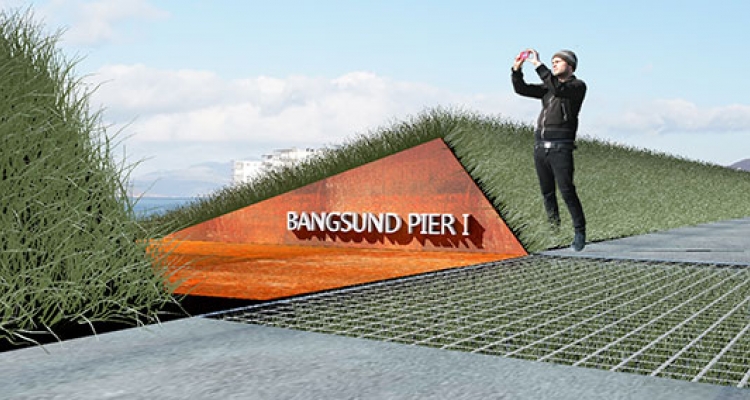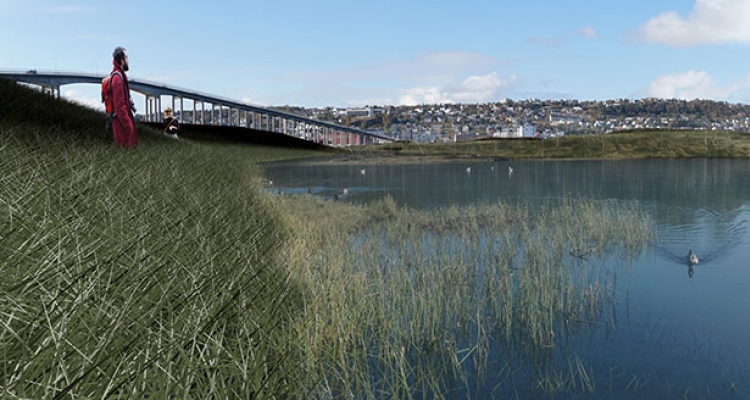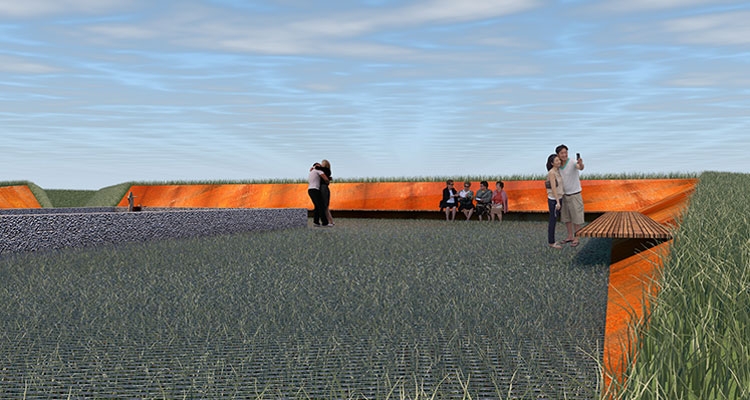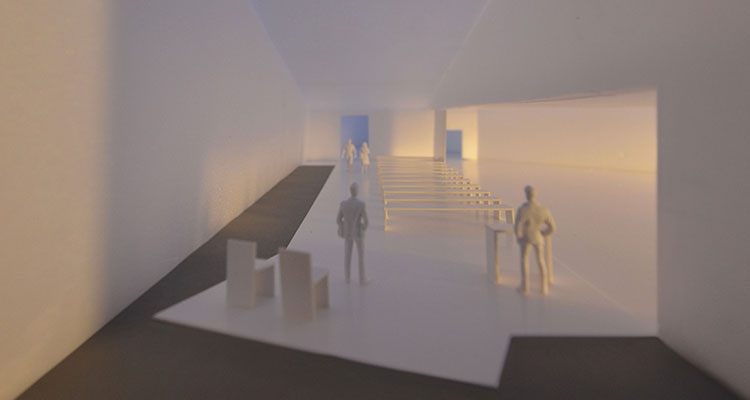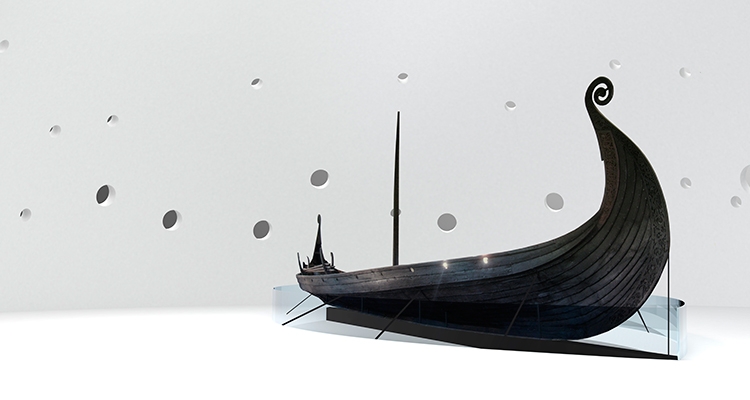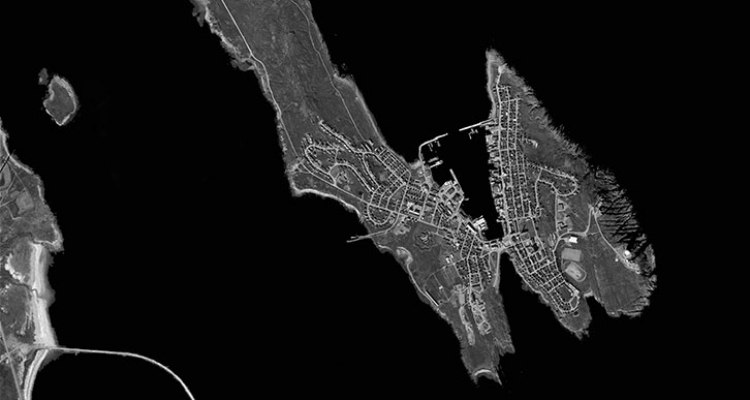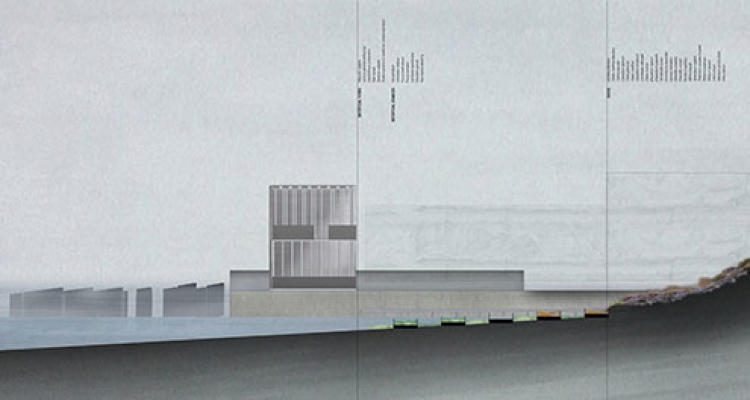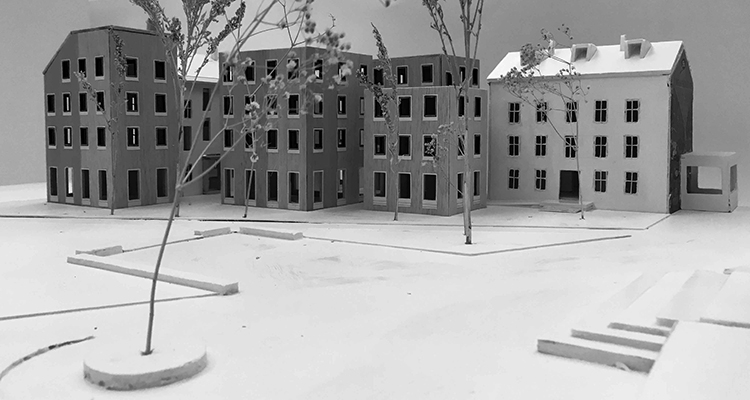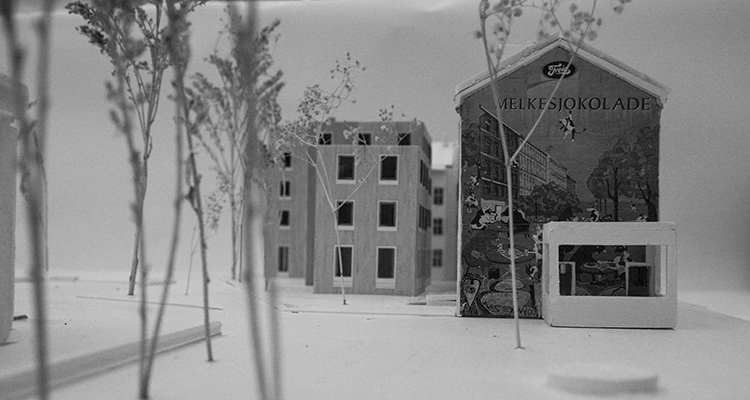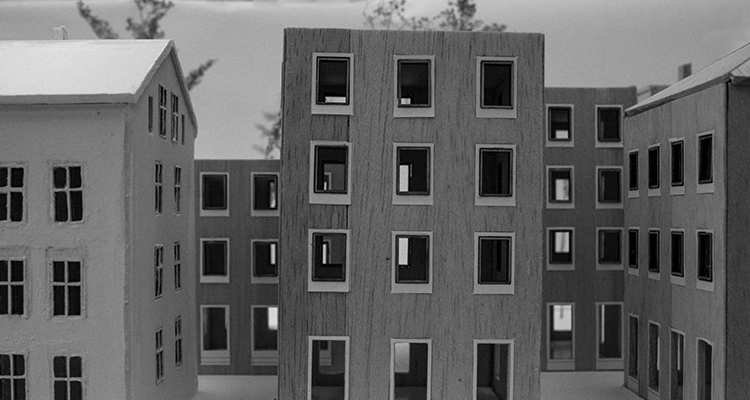A single-family house from the XVIII century, from which only the outer walls remain today, once occupied the project’s plot. The fifteen-meter tall walls, which enclosed 4 floors and multiple rooms, are now freestanding elements. Today they create within one single space – a void in the dense urban fabric.
The project is to understand the structural and spatial potential of the walls, not in the way they performed in the past, but in relation to the one space they provide all together.
The project is to understand the structural and spatial potential of the walls, not in the way they performed in the past, but in relation to the one space they provide all together.



